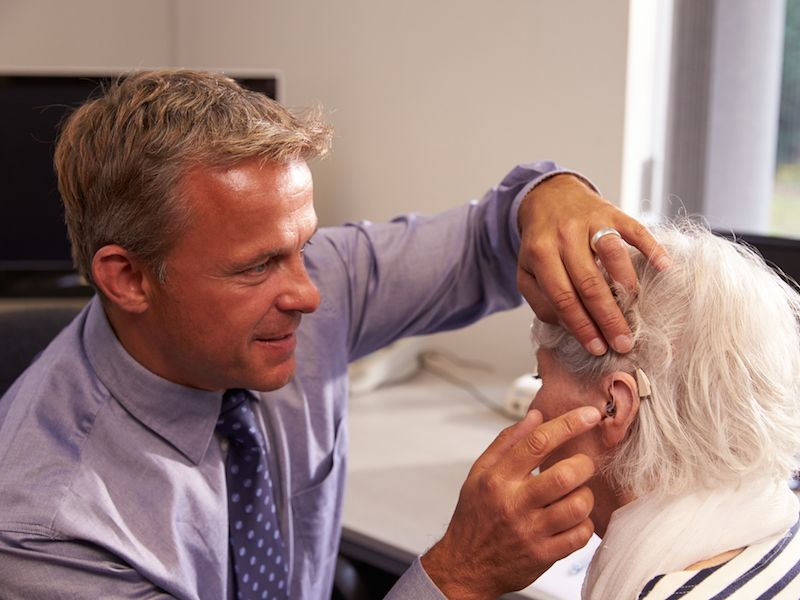
The numbers don’t lie: at some point in your life, you’re more than likely going to require a hearing aid. A quarter of individuals from 60 to 75, according to an NIDCD study, have hearing loss and for individuals over 75 this figure increases to 50%. But how can you be sure which model is right for you when you realize it’s your best chance of combating loss of hearing? Hearing aids used to have issues such as vulnerability to water damage and unwanted background noise but modern day hearing aids have solved these sorts of issues. But to make sure your choice of hearing aid is correct for you, there are still things you need to think about.
Look Closely at Directionality
Directionality is one essential feature you should look for, which is your hearing aid’s ability to focus on the specific noise around you (like a discussion) while reducing background noise to a minimum. Most hearing aids have different directionality systems, which either focus on the noise right in front of you, the sound that’s coming from different speakers, or a combination of both.
Will Your Hearing Aid Connect With Your Phone?
As a country, we’re addicted to our cell phones. You more than likely have some kind of cell phone, either a smartphone or a flip phone. And for the few who don’t actually own a cell phone, you likely still have a land-line. So, when you’re testing different hearing aids, you will want to see how they connect to your phone. What is the sound like? Are you able to discern voices clearly? Does it feel easy to wear? Are there any Bluetooth connection features available? When looking at new hearing aids, you need to take into consideration all of these.
What is The Likelihood You Would Actually Use it?
As noted above, hearing aid development has progressed by leaps and bounds over the last few years. One of those advances has been the size and shape of hearing aids, which have trended in the smaller and more comfortable direction. Still, there will always be some trade-offs. It depends on what your particular needs are. A smaller hearing aid is not as obvious and may fit better but a larger one may be more powerful. The little ones won’t have the features of the larger models and they may get clogged with earwax but they do fit inside your ears nearly imperceptibility. On the other side of it, a behind the ear hearing aid is larger and may be more noticeable, but often come with more directionality functions and have more choices for sound amplification.
What Kind of Background Noise Will You be Exposed to?
Wind interference has been an extreme issue for hearing aid users since they were developed. It could have driven anyone insane to go out on a breezy day and hear nothing except wind. If you’re an outdoors kind of person or you live in a windy place, you’ll want to suppress wind noises with your hearing aid decision so that conversations won’t have that frustrating wind howl. Searching for more information about how to pick the correct hearing aid? Call us.
